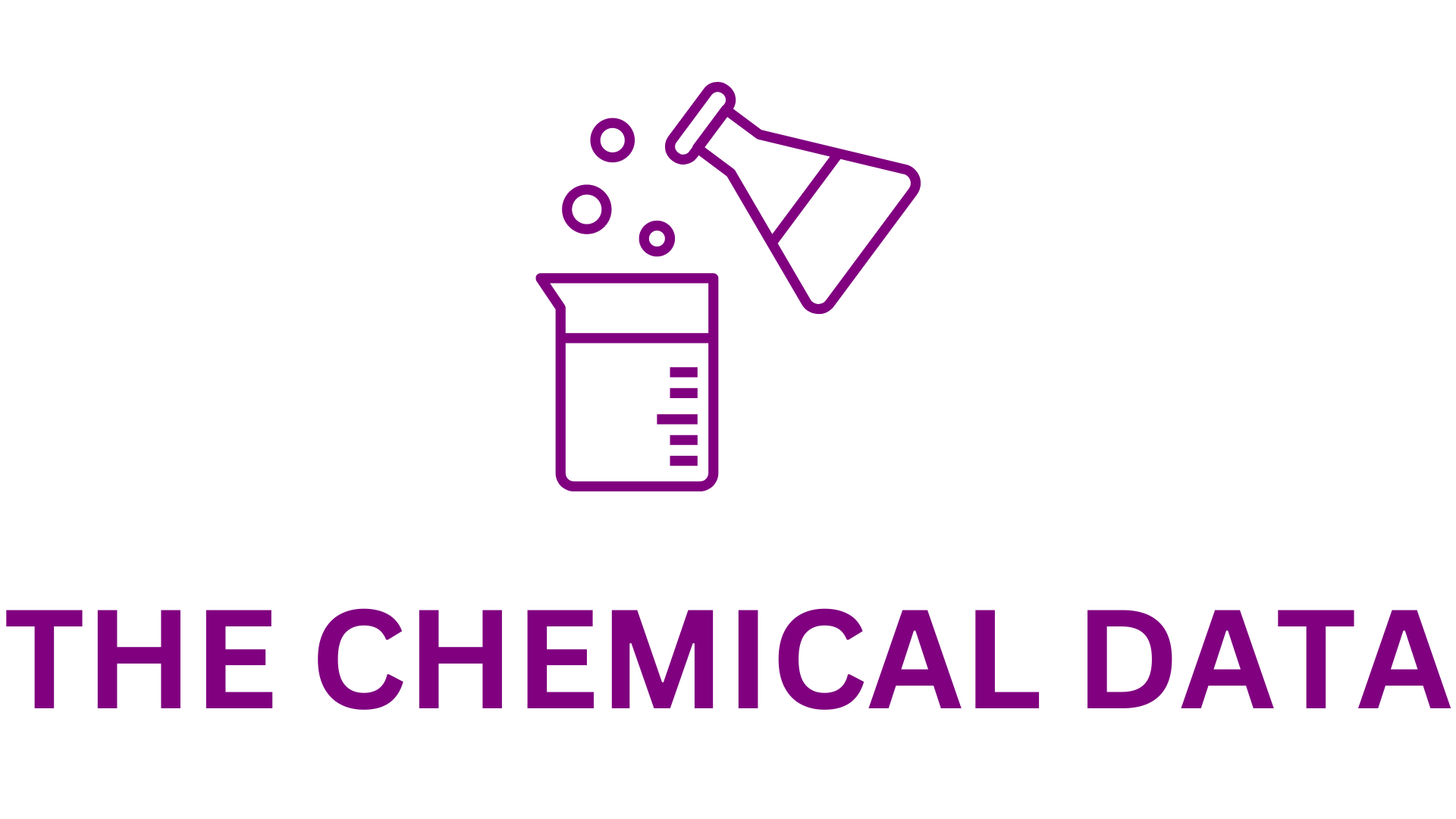
The global bio-isobutene market is projected to grow from $3.5 million in 2024 to $74.5 million by 2034, achieving a compound annual growth rate (CAGR) of 35.8% over the forecast period.
The increasing demand for sustainable and renewable chemical alternatives, coupled with advancements in production technologies, is driving significant growth in the bio-isobutene market. Companies like Global Bioenergies have made substantial progress in refining processes for bio-isobutene production, leveraging existing fermentation infrastructure to produce large volumes of the chemical. This advancement enables bio-isobutene to be utilized across various industries, including fuels, plastics, rubbers, and cosmetics, with an emphasis on sustainability and reduced carbon footprints. Regulatory incentives and growing consumer interest in eco-friendly products further propel the market, facilitating the transition towards a more sustainable chemical industry.
The future of the bio-isobutene market appears promising, characterized by several key factors. The ability to scale operations while maintaining cost-effectiveness in production is likely to lead to broader acceptance of bio-isobutene across different sectors. Additionally, increasing awareness of sustainable practices and government support will contribute to market growth. Innovations in biotechnological processes and the exploration of new applications for bio-isobutene will attract further investment. As industries prioritize sustainability, bio-isobutene is set to play a crucial role in reducing environmental impacts and fostering the growth of a bio-based economy.
Bio-Based Cosmetic Ingredients to Lead the Market
The bio-based cosmetic ingredients segment dominates the bio-isobutene market, driven by rising consumer demand for natural and sustainable products. The cosmetics industry is shifting towards more environmentally friendly and renewable materials, influenced by regulatory pressures and increased consumer awareness. As a renewable resource, bio-isobutene serves as a sustainable alternative to petrochemical-based ingredients, mitigating the environmental impact of cosmetic products. Companies like Global Bioenergies are at the forefront, enhancing the natural content of cosmetics without compromising performance attributes such as longevity and durability.
Growth of Sugar Beet and Cane-Derived Segment
In 2023, the sugar beet and cane-derived segment emerged as the largest source of bio-isobutene, thanks to its higher yield efficiency and sustainability benefits. Sugar cane and sugar beets, rich in fermentable sugars, are ideal feedstocks for bio-isobutene production, reducing costs and boosting output. Advances in agricultural practices and genetic modifications have significantly improved the yield and durability of these crops, enhancing their viability as feedstocks. The established market and strong supply chain infrastructure for sugar-based products further support the growth of this segment, facilitating easier integration into existing industrial processes.
Regional Segmentation
Europe represents the fastest-growing market for bio-isobutene, with a CAGR of 41.42%. The region’s developed infrastructure for bio-isobutene manufacturing and companies like Global Bioenergies, the only company globally capable of producing bio-isobutene, are key factors in this growth.
The Netherlands is anticipated to show the highest growth within Europe, driven by robust government support and innovative companies and startups.
Recent Developments
In January 2024, Global Bioenergies partnered with Shell to advance low-carbon road fuel development, focusing on a single production pathway following initial exploration phases that began in late 2022.
In October 2023, Global Bioenergies received $17.7 million (EUR 16.4 million) from the French government to finance the world’s first bio-sourced isobutene plant. This funding, structured as a 60% grant and a 40% repayable advance, will support a facility expected to produce 10,000 tons of isobutene and its derivatives annually by 2027. Additionally, Global Bioenergies is ramping up its production facilities to meet the cosmetics industry’s needs.
Market Drivers: Environmental Regulations
Environmental regulations play a crucial role in driving the bio-isobutene market, creating favorable economic and legal conditions for adopting bio-based products. For instance, the European Union’s Renewable Energy Directive (RED II) mandates member states to achieve a minimum of 14% renewable energy in transportation by 2030, encouraging the development and use of biofuels like bio-isobutene to reduce carbon emissions.
Companies like Global Bioenergies align their product offerings with these regulatory requirements, benefiting from subsidies and tax incentives to develop and market bio-isobutene.
Market Challenges: High Development Costs
The high costs associated with developing and producing bio-isobutene pose significant challenges for companies in the market. The complex biotechnological processes required to convert renewable feedstocks into bio-isobutene contribute to these expenses. These processes often involve intricate fermentation, genetic engineering of microorganisms, and subsequent purification stages, necessitating substantial research and development investments.
Global Bioenergies has invested heavily in advancing its fermentation technology. Despite its successes, scaling production to a commercial level has demanded significant resources, highlighting the financial barriers to entry and growth in the bio-isobutene market.
Opportunities: Circular Economy Integration
The global bio-isobutene market has significant opportunities for growth through integration with circular economy initiatives. The principles of bio-isobutene production align well with circular economy strategies, which emphasize sustainable resource use through recycling and material reuse. Companies can utilize industrial emissions, municipal solid waste, and agricultural by-products as feedstocks for bio-isobutene, addressing waste management issues while reducing the demand for primary resources. For example, Enerkem’s method converts municipal solid waste into syngas, which can be used to produce bio-isobutene, demonstrating the potential for waste materials to be transformed into valuable chemical products.







